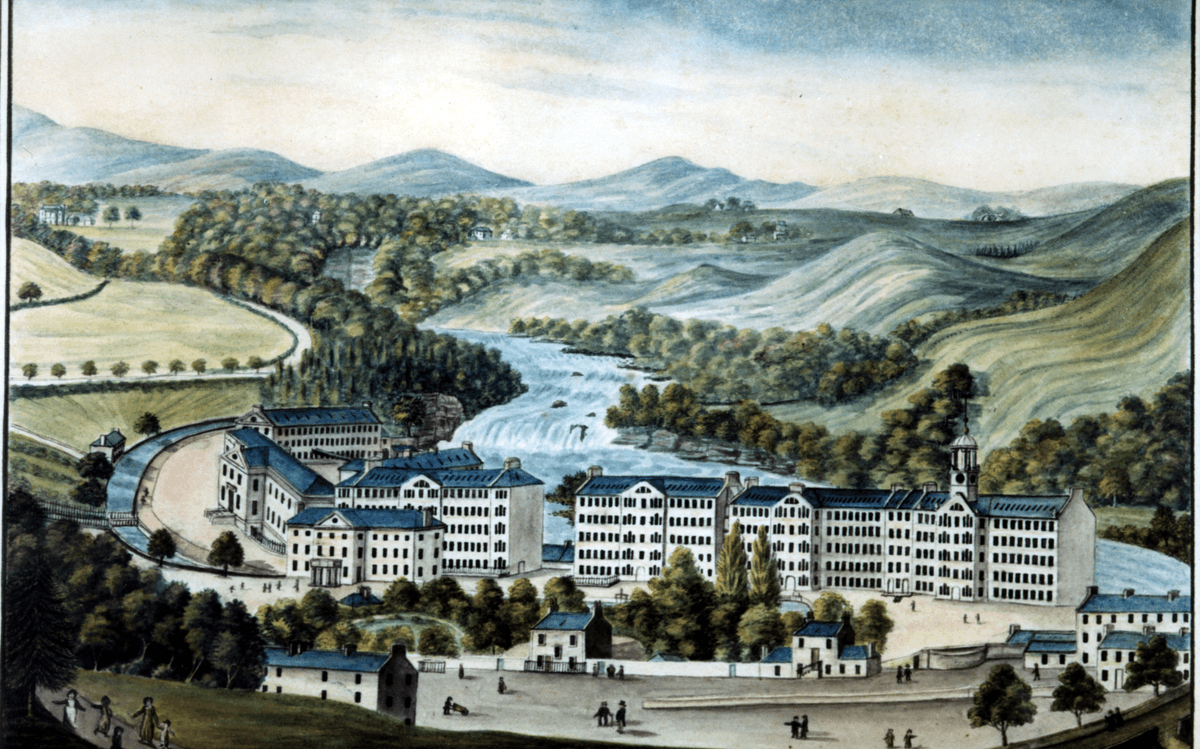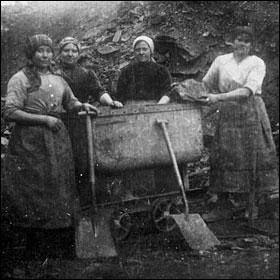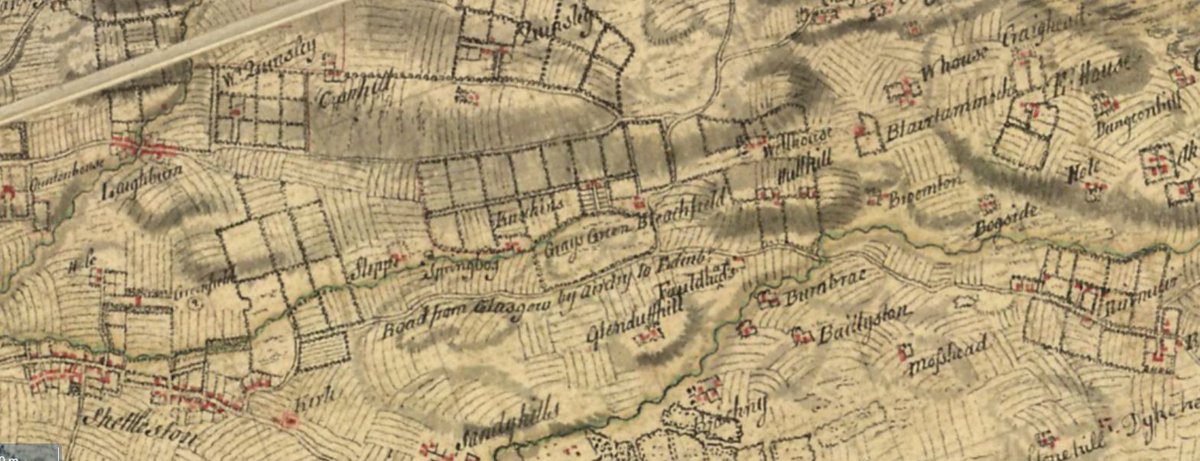
Robert Owen (1771-1858) was born in Newtown, Montgomeryshire in Wales. During a series of business trips in the West of Scotland he visited the cotton-spinning village of New Lanark which he purchased in 1799, thus becoming the manager of one of the largest cotton spinning
plants in Scotland. New Lanark became the place where Owen put into practice his social and economic theories. Owen was convinced that good working conditions would give him a loyal and productive work-force and improve the efficiency of the system: he instituted progressive
schooling, including evening classes for adults, founded a savings bank, a sickness fund and a company store where workers could purchase goods of higher quality and at lower prices than the other stores in the area. He also stopped the employment of pauper apprentices and of
children under ten. This is an extract of what Owen told the Select Committee on the State of Children in April 1816.
Parliamentary Papers, 1816, III, Report of the Minutes of Evidence taken before the Select Committee on the State of the Children Employed in the Manufactories of the United Kingdom, 25 April-18 June 1816, Evidence of Robert Owen, 26 April 1816, p. 20-21.
Robert Owen, called in and examined.
What is your situation in life? — I am principal proprietor and sole acting partner of the establishment at New Lanark, in Scotland.
How many persons, young and old, are immediately supported by the New Lanark manufactory and establishment?
What is your situation in life? — I am principal proprietor and sole acting partner of the establishment at New Lanark, in Scotland.
How many persons, young and old, are immediately supported by the New Lanark manufactory and establishment?
— About 2,300: Upon the first of January last the numbers were 2,297, I believe.
To how many out of that number do you give employment? — This number varies occasionally, but upon the average about sixteen or seventeen hundred.
The remainder of the 2,300 are the wives and
To how many out of that number do you give employment? — This number varies occasionally, but upon the average about sixteen or seventeen hundred.
The remainder of the 2,300 are the wives and
children? — Children too young, and persons too old, of the same families; some of the wives are employed.
Do you mean that the 2,300 are the number composing the whole of the families, some parts of which are employed in the works? — Yes; the difference between those
Do you mean that the 2,300 are the number composing the whole of the families, some parts of which are employed in the works? — Yes; the difference between those
immediately employed in the works and the number first stated, are those who are too young for work, or too old, or wives who are obliged to attend families too young for work.
What is the population of the village? — About 2,300.
At what age do you take children into
What is the population of the village? — About 2,300.
At what age do you take children into
your mills? — At ten and upwards.
What are your regular hours of labour per day, exclusive of meal times? — Ten hours and three quarters.
What time do you allow for meals? — Three quarters of an hour for dinner, and half an hour for breakfast.
Then your full time of work
What are your regular hours of labour per day, exclusive of meal times? — Ten hours and three quarters.
What time do you allow for meals? — Three quarters of an hour for dinner, and half an hour for breakfast.
Then your full time of work
per day is twelve hours, out of which time you allow the mills to cease work for an hour and a quarter? — Yes.
Why do you not employ children at an earlier age? — Because I consider it would be injurious to the children, and not beneficial to the proprietors.
What reason
Why do you not employ children at an earlier age? — Because I consider it would be injurious to the children, and not beneficial to the proprietors.
What reason
have you to suppose it is injurious to the children to be employed in regular manufactories at an earlier age? — The evidence of very strong facts.
What are those facts? — Seventeen years ago, a number of individuals, with myself, purchased the New Lanark establishment from
What are those facts? — Seventeen years ago, a number of individuals, with myself, purchased the New Lanark establishment from
the late Mr. Dale of Glasgow; At that period I found there were 500 children, who had been taken from poor-houses, chiefly in Edinburgh, and those children were generally from the age of five and six, to seven and eight; they were so taken because Mr. Dale could not, I
learned afterwards, obtain them at a more advanced period of life; if he did not take them at those ages, he could not obtain them at all. The hours of work at that time were thirteen inclusive of meal times, and an hour and a half was allowed for meals. I very soon discovered
that, although those children were extremely well fed, well clothed, well lodged, and very great care taken of them when out of the mills, their growth and their minds were materially injured by being employed at those ages within the cotton mills for eleven hours and a half
per day. It is true that those children, in consequence of being so well fed and clothed and lodged, looked fresh, and, to a superficial observer, healthy in their countenances; yet their limbs were very generally deformed, their growth was stunted, and, although one of the
best schoolmasters upon the old plan was engaged to instruct those children regularly every night, in general they made but a very slow progress, even in learning the common alphabet. Those appearances strongly impressed themselves upon my mind to proceed solely from the
number of hours they were employed in those mills during the day, because in every other respect they were as well taken care of, and as well looked after, as any children could be. Those were some, and perhaps they may be considered by the Committee sufficient, facts to induce
me to suppose that the children were injured by being taken into the mills at this early age, and employed for so many hours; therefore, as soon as I had it in my power, I adopted regulations to put an end to a system which appeared to me to be so injurious.
In consequence
In consequence
then of your conviction that children are injured by being employed the usual daily hours in manufacturies, when under ten years of age, you have for some time refused to receive children into your works till they are ten years of age? — Yes.
Do you think the age of ten to
Do you think the age of ten to
be the best period for the admission of children into full and constant employment for ten or eleven hours per day, within woollen, cotton, or other mills or manufactories? — I do not.
What other period would you recommend for their admission to full work? — Twelve years.
What other period would you recommend for their admission to full work? — Twelve years.
How then would you employ them from ten to the age of twelve? — For the two years preceding, to be partially instructed; to be instructed one half the day, and the other half to be initiated into the manufactories by parties employing two sets of children in the day, on
the same principle that two sets of children were employed when proprietors thought it their interest to work day and night.
-end-
-end-
• • •
Missing some Tweet in this thread? You can try to
force a refresh






